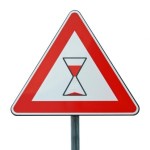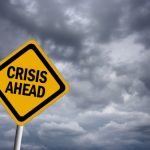Proper failover testing involves having a plan prepared long in advance. This is especially true if the test will constrict service availability for production applications by actually bringing these services off-line. Expectations must also be clearly laid out prior to conducting a DR test in order to fairly assess the success of that test. Prior…
Author: Steve Tower
DR Testing: You’ll Need Some Time!
In the event of an actual disaster, the objective is to failover very quickly, because this minimizes damage to the business. In a testing situation, the objective is to ensure that everyone involved both understands and can carry out the DR plan in a time of crisis —however, this takes time and practice. Conducting failover-failback…
Consider the Real Costs & Risks of Engaging the Whole Organization in DR Tests
The extent to which a DR test impacts a business is described in terms of intrusiveness—ranging from virtually invisible to a fully engaging disruption! Non-intrusive testing validates whether a particular technology or system has the ability to run live in parallel (with no distress) on production. Intrusive testing has an impact on production and involves…
What is a “Simulated” Disaster?
A Simulated disaster involves behaving as if there is an actual disaster when there isn’t really one. Only through running a full test of DR capabilities will users know what to do in the event of an actual disaster, allowing them to be prepared in what is to be a stressful situation. A simulated disaster…
Testing the DR Plan: Failover vs. Failback
An organization’s disaster recovery plan cannot be considered reliable until it has undergone complete failover and failback testing. Failover and failback refer to the ability to transfer production systems to, and back from, a secondary site in the event of a disaster. DR testing is a progressive process, and running a complete failover and failback…




